Shiplap cladding may be one of the most traditional wood siding profiles, but there’s a reason it has stood the test of time. Historically used in shipbuilding where a tight seal and durability against the elements were essential, its overlapping boards create a clean, weather-resistant surface.
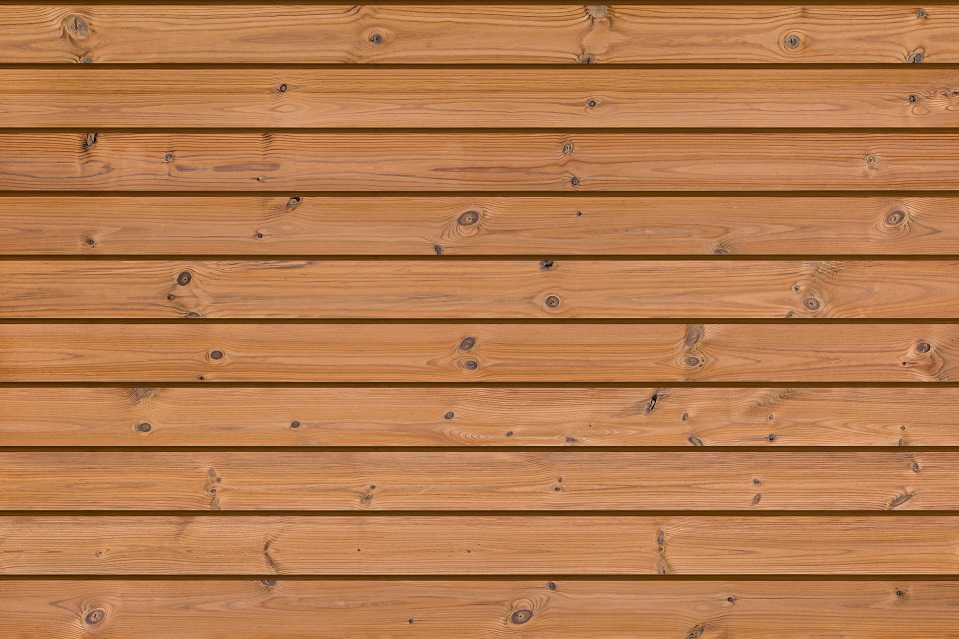
Shiplap cladding is made from overlapping wooden boards, each featuring a rabbet (or stepped edge) that allows them to slot together. This creates a tight seal, helping protect buildings from wind, rain, and other elements. The result is a uniform surface with subtle shadow lines that add depth and visual interest.
Traditionally associated with horizontal installation, shiplap is now increasingly used vertically, lending a fresh, architectural feel to both exterior facades and interior feature walls. While its origins are rustic, the profile’s simplicity makes it adaptable to sleek, contemporary contexts as well.
One of shiplap cladding’s biggest strengths is its versatility in both application and style. It’s a natural choice for exterior facades, where its overlapping profile offers excellent weather protection, but it’s equally popular for interior feature walls, ceilings, and even furniture accents.
Horizontal installation offers the most traditional look, emphasizing the building’s length and creating a grounded, familiar aesthetic.
Vertical installation—gaining popularity in contemporary architecture—adds height, creates a striking, linear effect, and helps shed rainwater efficiently.
For truly distinctive projects, boards can also be installed diagonally or in mixed directions to create dynamic pattern
Shiplap boards are designed with a rabbet joint, meaning each board overlaps the next for a seamless connection.
Boards can be installed over a ventilated substructure, using stainless steel screws to ensure long-term durability.
Not all shiplaps are created equal. At Thermory, we’ve reimagined this timeless profile with thermally modified wood, offering a premium look and unmatched performance.
While most softwood cladding requires regular chemical treatment to stand up to the elements, Thermory shiplap is built to last naturally thanks to our thermal modification process. Using only heat and steam, we transform wood at the molecular level to create a product that’s more dimensionally stable, more durable, and richer in color.

Thermal modification reduces the wood’s moisture content, minimizing swelling, shrinking, and warping over time. This means tighter joints, straighter lines, and a consistently polished appearance year after year.

Our thermowood has excellent durability, making it suitable for even the most demanding climates.

Unlike traditional cladding, thermowood can be left completely untreated outdoors without compromising its longevity. If left to weather naturally, it develops an elegant silver-grey patina. You can apply a UV-protective oil to maintain its initial warm color.

Thermal modification enhances the wood’s natural grain and deepens its color, giving even the simplest profile—like shiplap—a refined, high-end aesthetic.

All Thermory wood comes from responsibly managed forests, and our thermal process uses no chemicals, making it a safe choice for people and the planet.
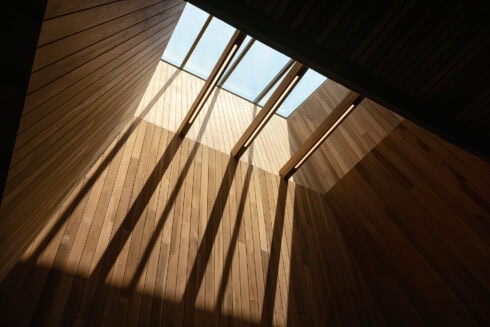
The Thermory Design Awards 2025 once again shine a spotlight on the most inspiring uses of thermally modified wood in architecture and design. This year’s...

Yes — and you absolutely should. Mixing cladding...
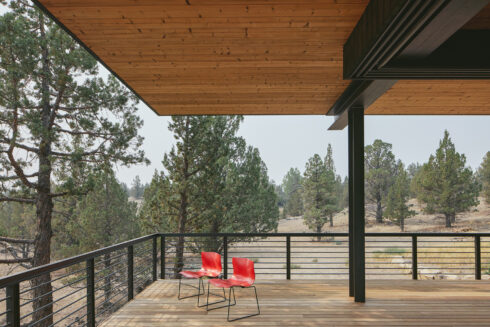
When designing...
...
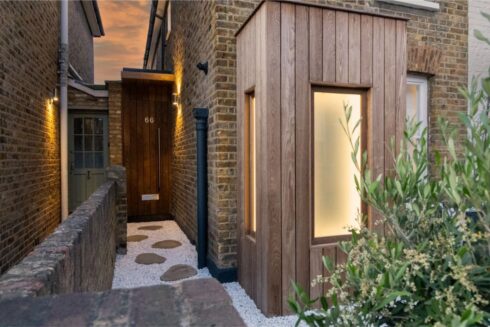
The most...
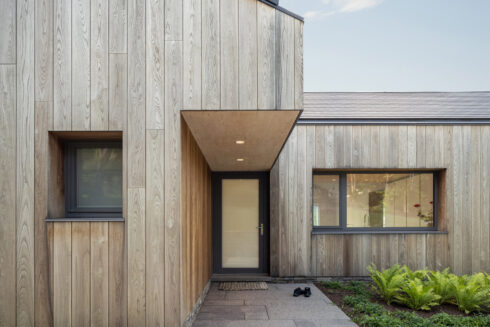
Contemporary...
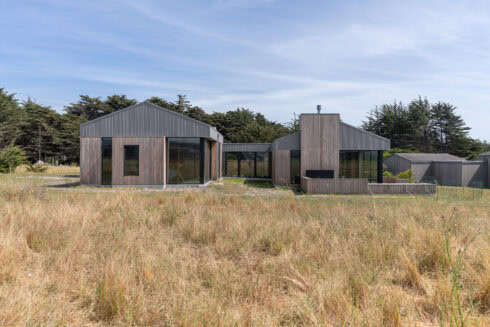
While a wood species’ natural properties play an important role in determining the timber cladding’s durability, they’re only part of the...
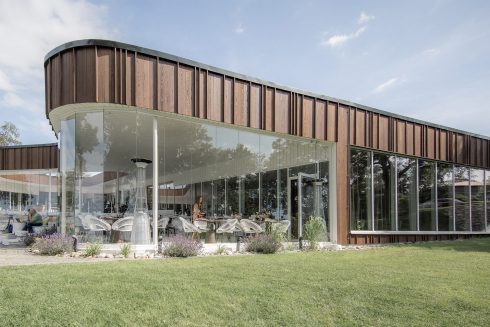
Combining different wood species, finishes and profiles brings variety to any interior or exterior design, delivering a tantalizing injection of texture and...
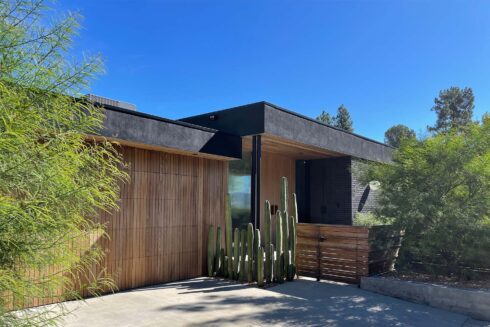
We were curious about the architecture trends and the popularity of timber in Australia, so we asked our down under partner, McCormacks Australia, to tell...
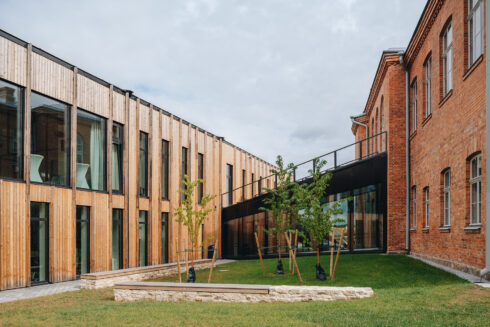
With the EU, US and many other countries aiming to achieve carbon neutrality by 2050, sustainability is not just a construction trend anymore, but it’s...
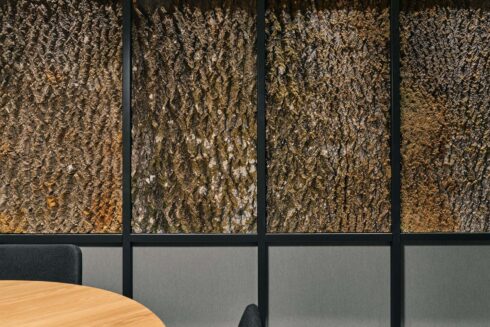
In the quest to shift our world towards more sustainable practices and circular processes, designers are increasingly turning their attention to...
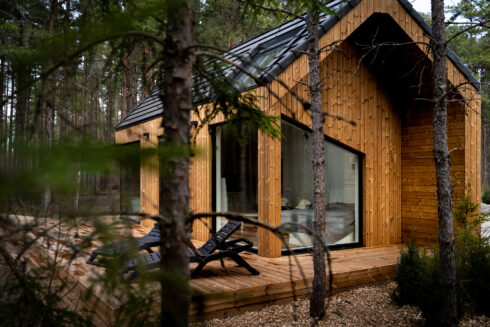
Sometimes, the best place to unwind and get away from it all is a secluded forest cabin in breathtaking surroundings. Find inspiration for your next...

When it comes to designing and constructing educational spaces, choosing the right materials is crucial. There has been a growing trend towards...
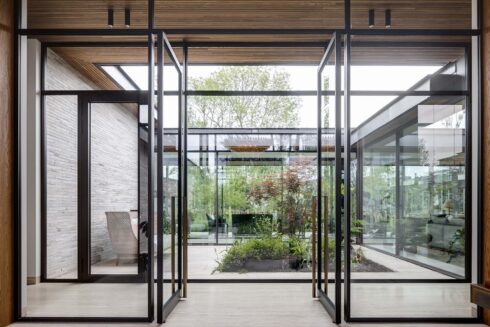
As architects and landscape designers, creating indoor outdoor living spaces that are sustainable and eco-friendly is more important than ever. With a...
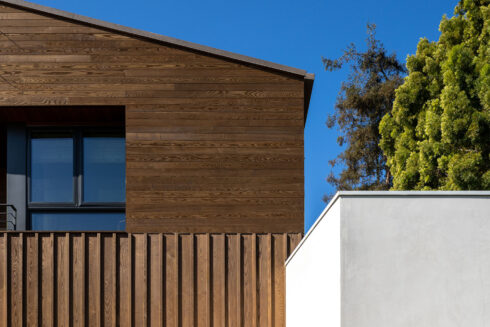
Wood is a highly valuable material and although it grows abundantly, we must treat this natural resource with respect and create value from even the smaller...
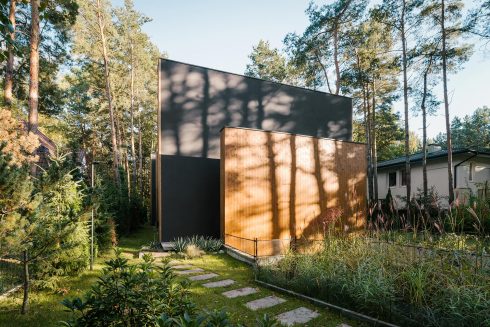
From intimate spaces like our homes to public urban areas, the environment surrounding us has a big effect on our well-being. Recent turbulent years have...
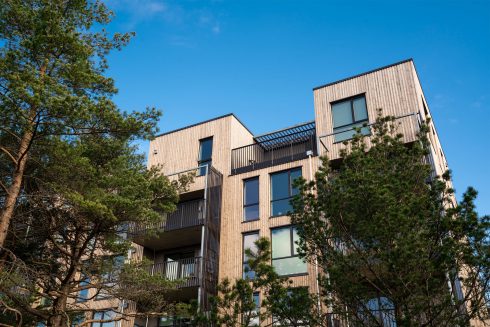
Finding the best solution to clad buildings is important for several reasons – as well as defining the look and feel of your design, it also has a major...
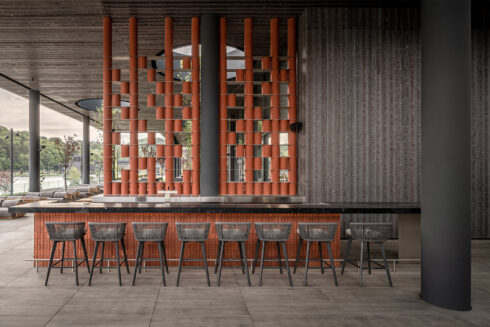
Thermory Design Awards is part of Thermory 25 celebrations for acknowledging and rewarding our...
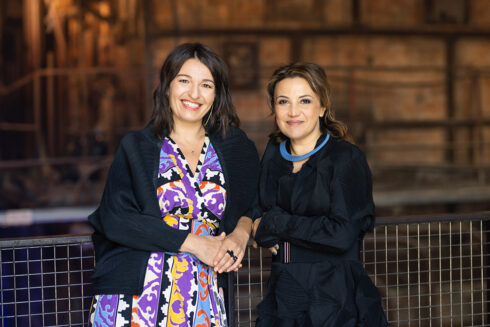
Curators of Tallinn Architecture Biennale 2022 exhibition “Edible ; Or, The Architecture of Metabolism”, Lydia Kallipoliti & Areti...
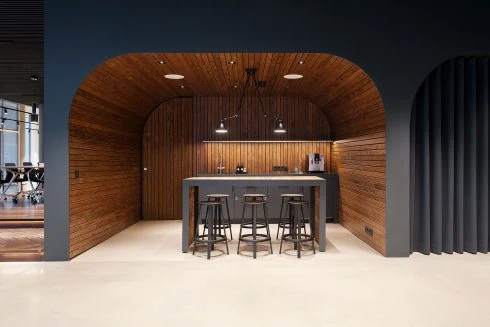
The aim of biophilic design is to create buildings and spaces that enable harmonious, naturally enjoyable experiences for their users by promoting the...

The purpose of biophilic design is to create spaces that deliver benefits for both human health and the environment by nurturing people’s innate affinity...
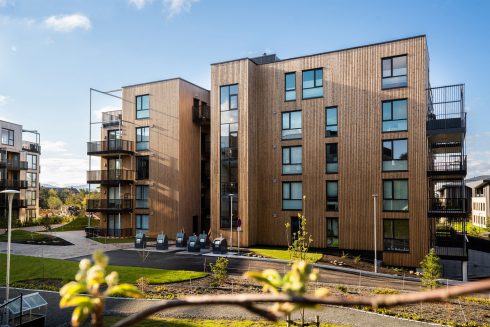
Natural wood can be used in many different ways. The beauty and versatility make wood unequalled building material. As both an interior and exterior design...
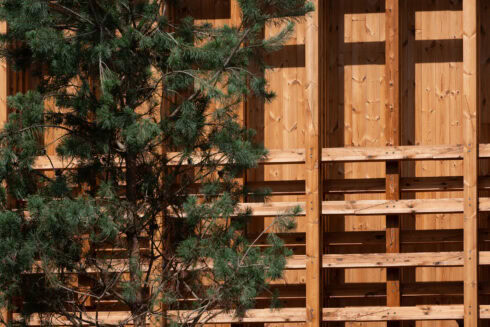
When it comes to...
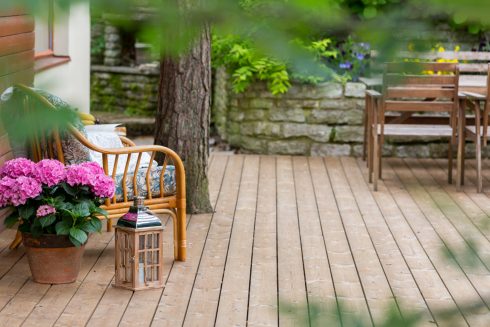
Home is where the heart is – a place where the whole family can feel safe and warm. The building materials you choose should enhance this feeling and...
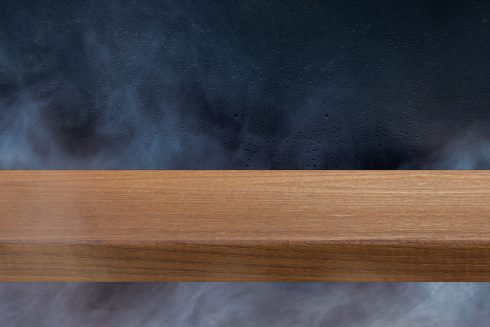
Thermally modified wood, often referred to as thermowood, is real wood enhanced using only heat and steam to improve its durability, dimensional stability,...
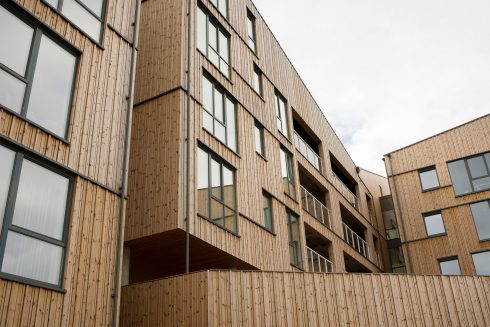
Thermally modified wood offers a unique combination of beauty, durability, and versatility. If you’re searching for fresh exterior cladding ideas,...
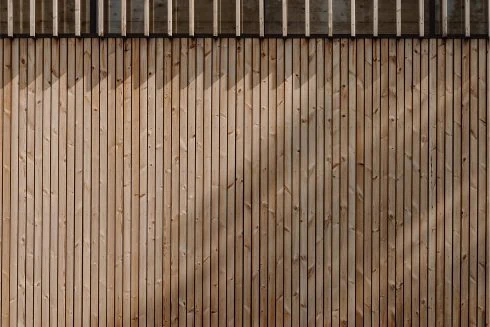
With rising concerns about climate change, the world community’s responsibility to reduce our carbon footprint rests with each and every individual and...
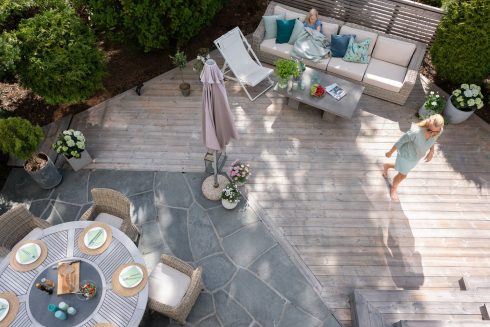
Wood is a natural material – and that’s part of its magic. Over time, its appearance changes, especially when exposed to the elements. Thermory’s...
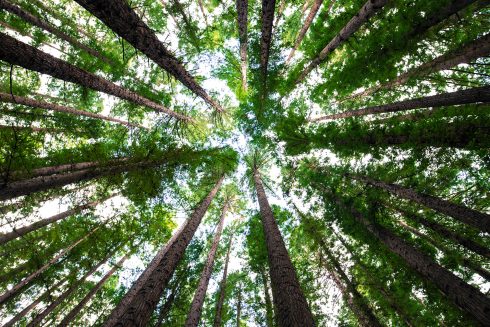
Great design is more than just aesthetics—it’s about how a space makes you feel. Increasingly, research confirms what many have intuitively known: wood...
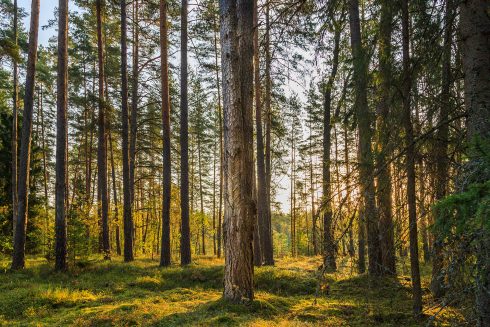
Ensuring the highest quality with the smallest possible ecological footprint and responsible use of resources are all principles that we consider important...
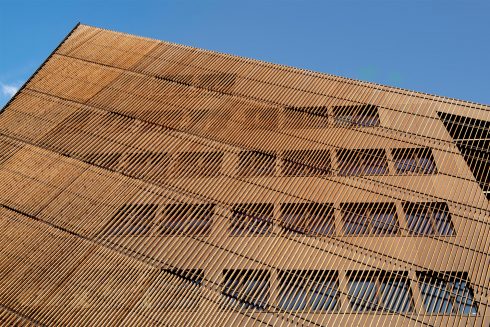
Throughout the history of architecture, surely no other material has been as influential as wood. It’s rare to see a building that’s been produced...
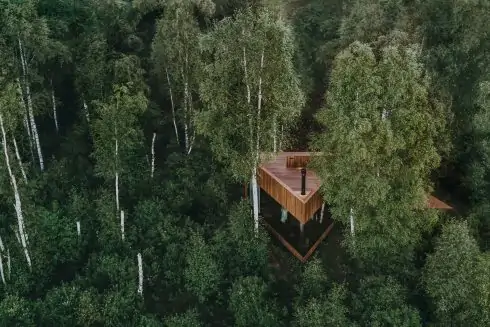
A trend is taking root in the worlds of architecture and interior design based on using natural materials and living plants to better...
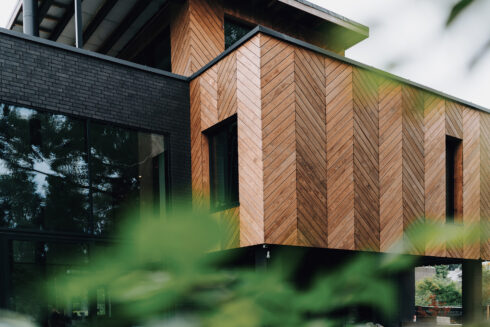
If you’re considering which wood types to use for a renovation or construction project, there are several considerations that may influence your decision...

The wood-paneled interiors so common to mid-century homes have become sought after again, as many seek the warm, cozy feeling that the natural material...
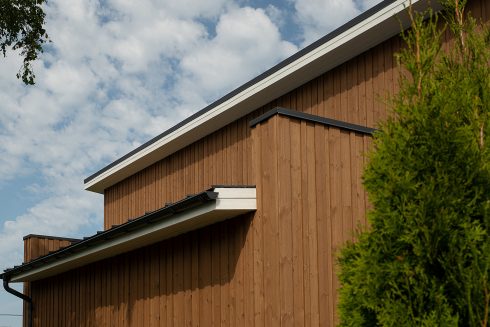
To ensure that your Thermory cladding retains its natural warm and authentic character, it’s important to apply the correct maintenance techniques. The...
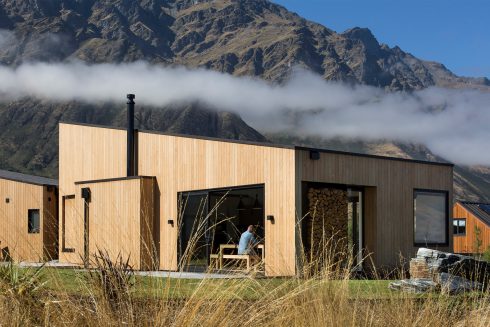
No matter where you live when you’re choosing a decking or cladding material, you’ll have to be mindful of how that material will change over time...
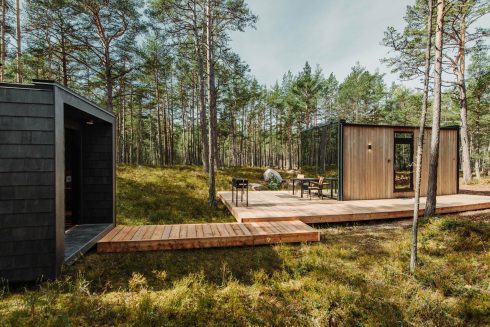
The tiny house movement has gained more momentum in the last decade, but why? It is based on tiny living: owning less so that what you own doesn’t own...

In 2022, the global megatrend of sustainable architecture and building practices will continue. Architecture trends influence the choice of materials both...
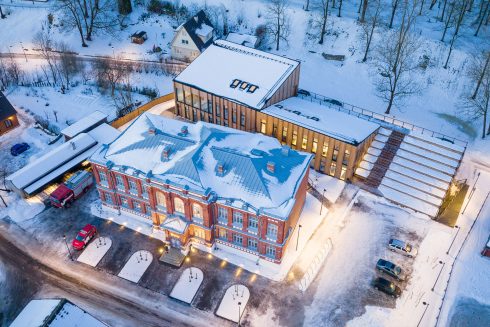
BENCHMARK THERMO-PINE CLADDING C4 20x115 / 26x 115, DECKING D4 26x115
ESTONIA
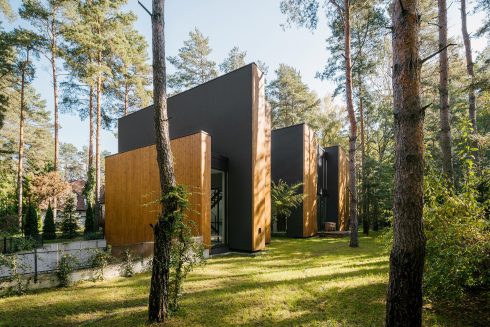
BENCHMARK THERMO-PINE
POLAND
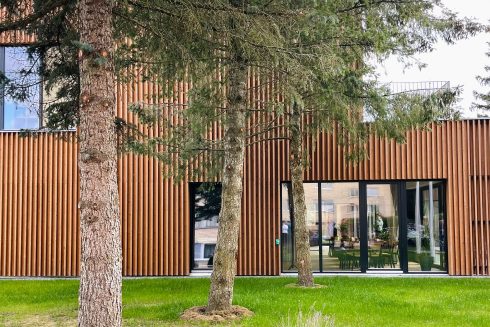
BENCHMARK THERMO-PINE
LITHUANIA

THERMORY THERMO-PINE MIX & MATCH CLADDING
NORWAY
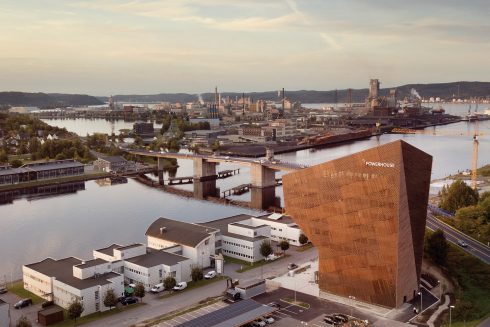
THERMORY BENCHMARK THERMO-PINE CLADDING C4
NORWAY
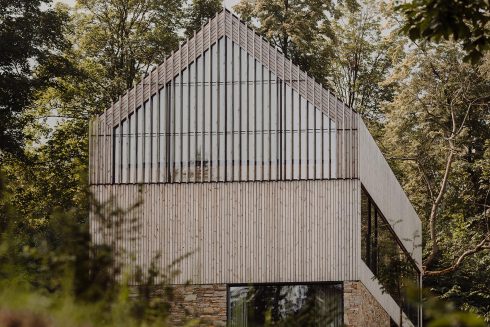
THERMORY BENCHMARK THERMO-PINE CLADDING AND ROOFING
POLAND
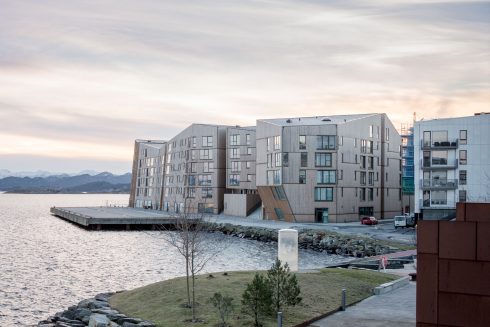
THERMORY BENCHMARK THERMO-PINE CLADDING C3 20X115 MM, ROOFING C10 20X140 MM AND DECKING D4 SG 26X140
NORWAY
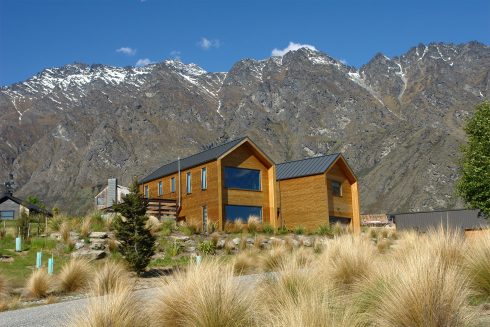
THERMORY BENCHMARK THERMO-PINE CLADDING C8 26X140 MM
NEW ZEALAND